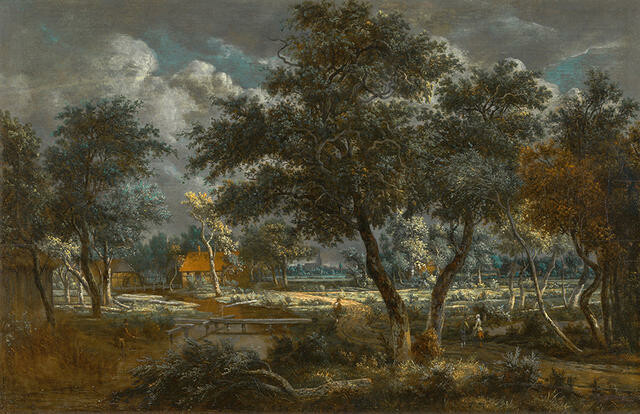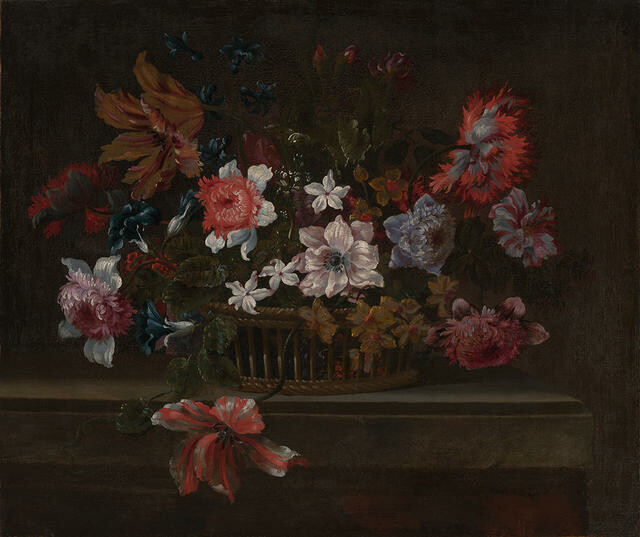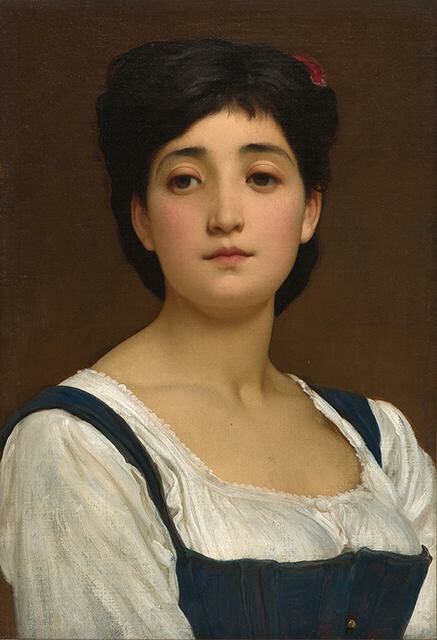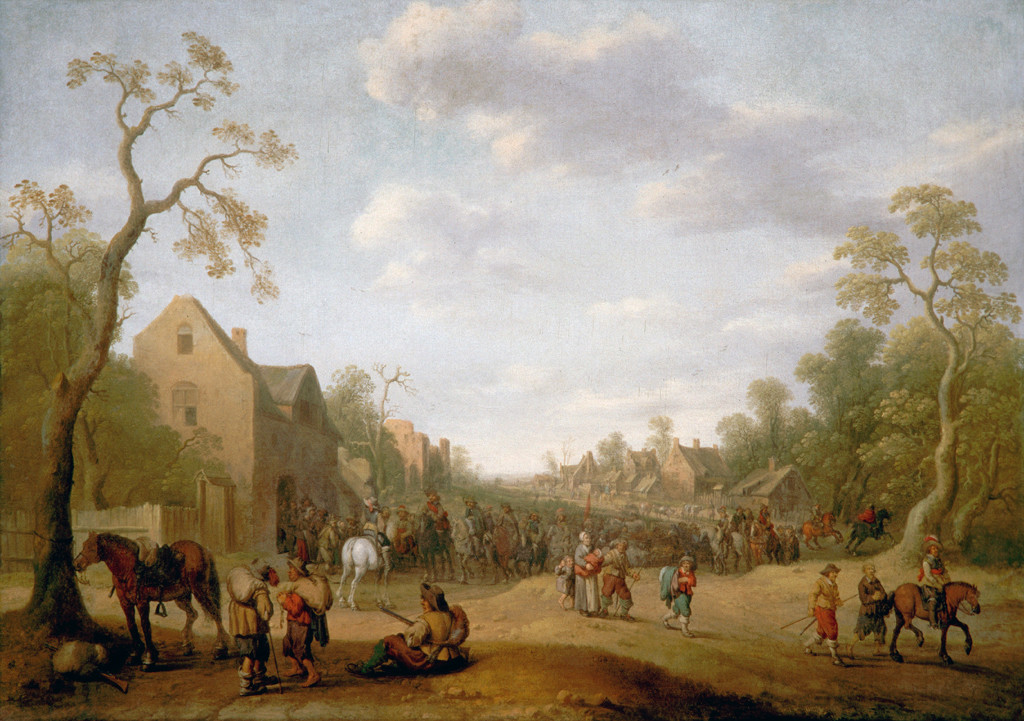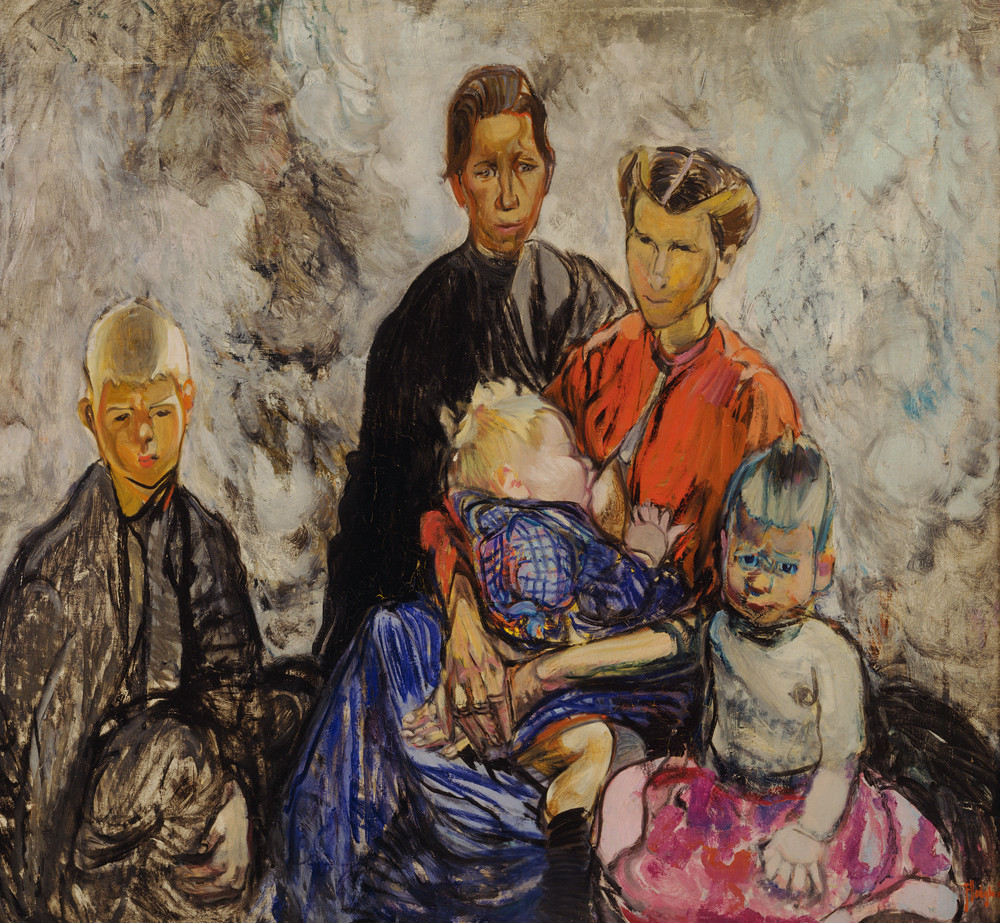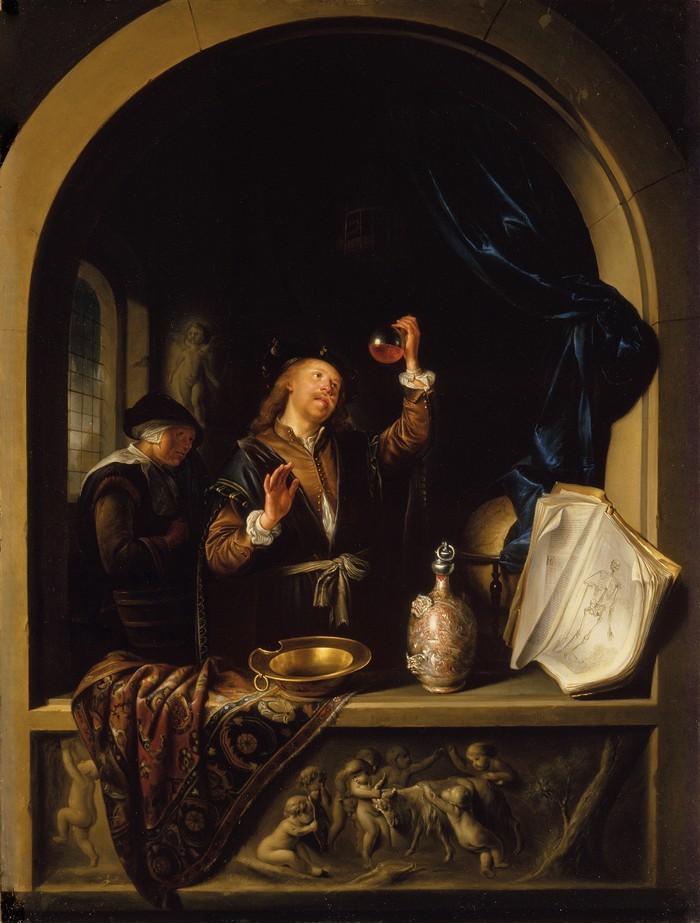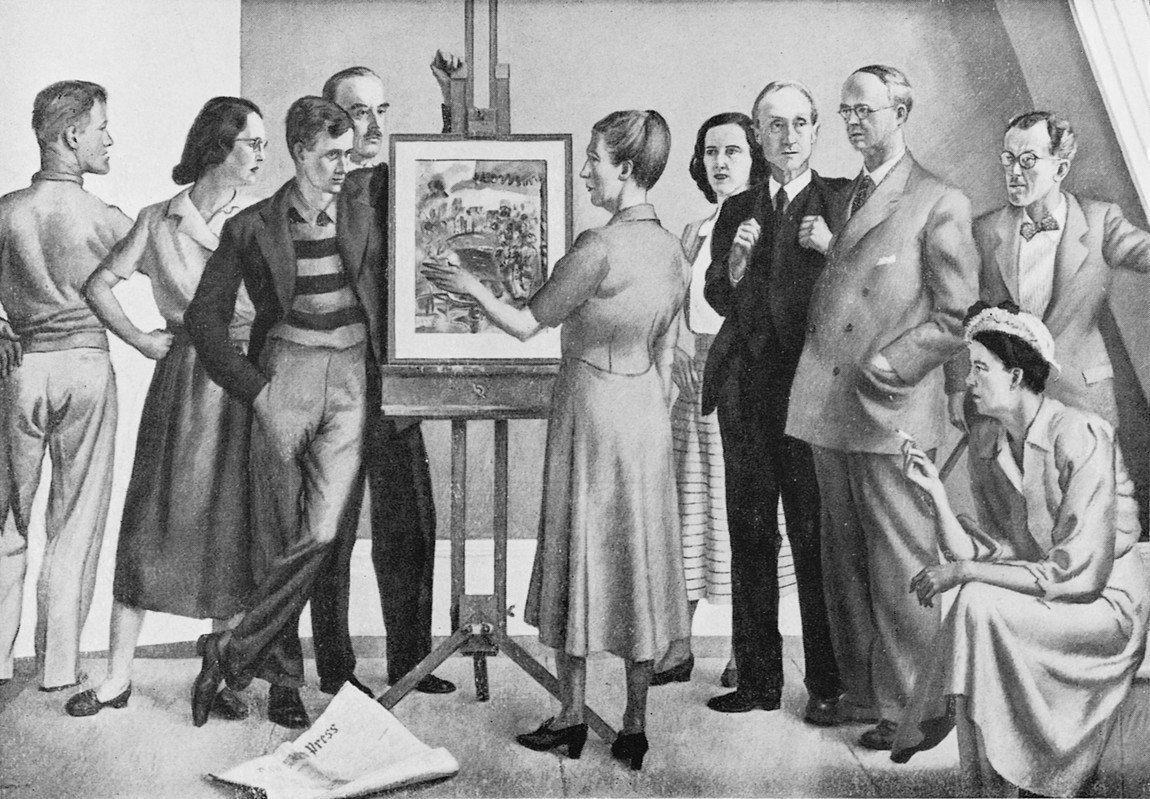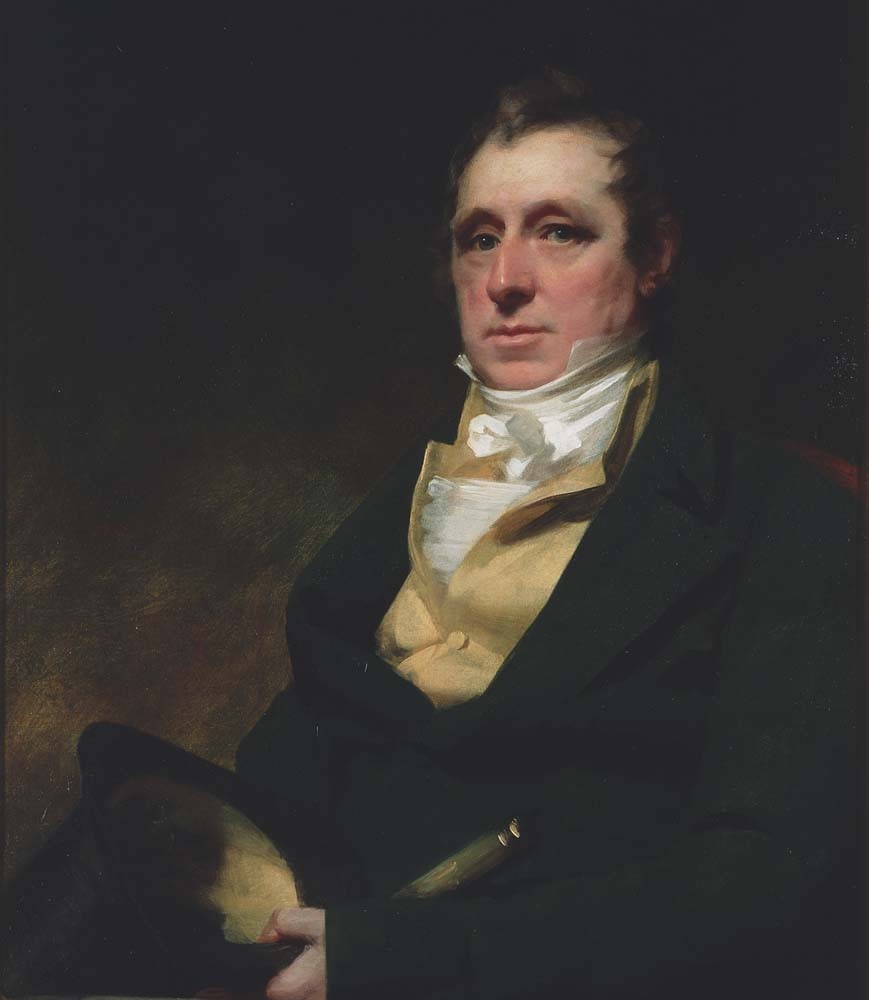B.
Untitled by Meindert Hobbema
Collection
This article first appeared as 'Dutch treat' in The Press on 12 April 2013.
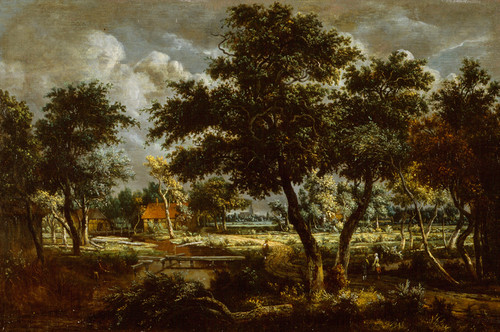
Meindert Hobbema A wooded landscape with peasants on a path and an angler at a stream Collection of Christchurch Art Gallery Te Puna o Waiwhetū; Kathleen Stuart Hutton Bequest Fund, 1994
Dutch Treat
A work from the collection that always quietly stops me in my tracks is an early oil painting on wood, a small Dutch landscape that seems miraculously filled with wind, air and light from another place, three and a half centuries ago. Meindert Hobbema (1638-1709) is known for having almost solely created lively, tree-filled landscapes such as this, paintings that carry a great sense of space and depth, as well as a gentle excitement in the observation of the movement of sunlight, clouds and trees.
Hobbema was born in Amsterdam in 1638, a carpenter's son; by age 15 he was living in an orphanage with a younger sister and brother. Two years later he was apprenticed to the landscape painter Jacob van Ruisdael, one of the leading artists of the Dutch Golden Age. Hobbema began to show his master's influence from around 1662, around the time this work was painted. Although his strongest work was made over the next few years, Hobbema was not greatly recognised during his lifetime, partly due to a decline in output from 1668 when he married and took on a minor salaried position as a city customs officer, weighing and measuring wine. (Young artists, be warned.) Few works are known from his latter years, which were clearly tough: his wife and two children died in 1704; Hobbema himself died in Amsterdam in 1709 and was buried in a pauper's grave.
Hobbema made about 200 paintings during his lifetime and is seen as one of the leading Dutch painters of the 17th century; his landscapes unrivalled for their sense of energy and movement, as well as distinctive lighting and atmosphere. His work was greatly admired by the English Romantic landscape painters John Crome, John Constable and J.M.W. Turner, and also attracted the Dunedin-trained painter and architect David E. Hutton, who purchased this painting in 1909 at Christie's, London. Hutton was the son of David C. Hutton, founder of the Dunedin School of Art; and the father of Kathleen Stuart Hutton, a loyal Robert McDougall Art Gallery supporter from whose estate and bequest fund this painting was acquired. Belonging to the people of Christchurch since 1994, it is regarded as one of the undoubted treasures of the collection. Currently on loan to Auckland Art Gallery for the exhibition Angels & Aristocrats: Early European Art in New Zealand Public Collections, it's a painting that truly shines.
Ken Hall
